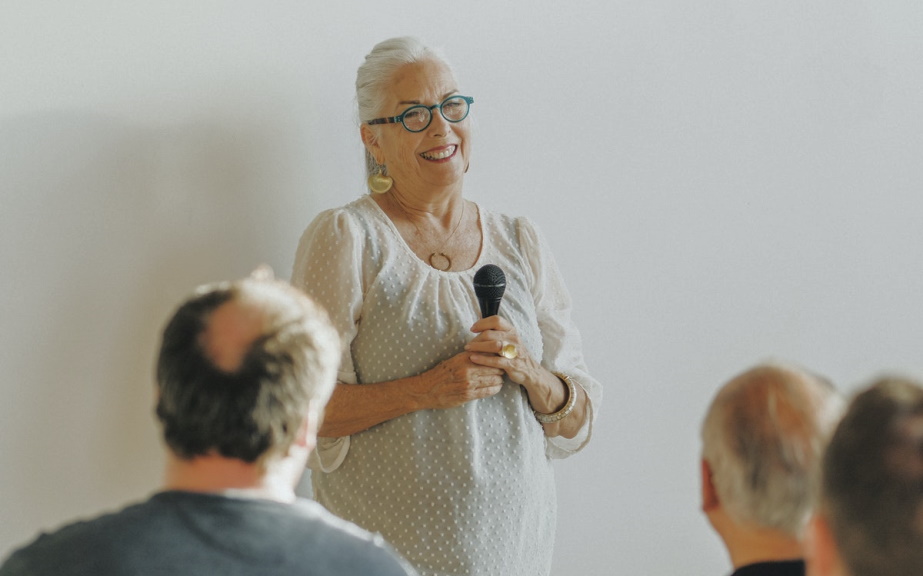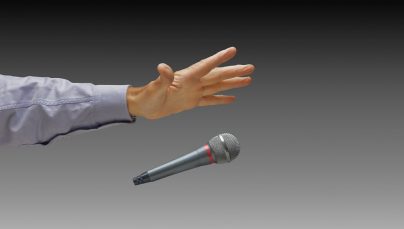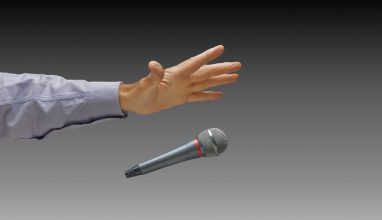Do you ever find yourself in a situation where you are delivering a speech or presentation to an audience, and all of your words seem to fly right over the head of your listeners? If so, have no fear! There’s one surefire way that you can get your powerful message across – use body language. Body language isn’t just about how you gesture and move with your hands; it also encompasses other important areas like facial expressions, eye contact, posture, and even breathing patterns. When used strategically, these small elements can make huge differences in how effectively convey ideas to those around us—so read on for some simple yet powerful techniques on making an impactful connection with any audience.
The secret language of body language – use your body to command attention and connect with your audience
The secret language of body language is a powerful tool for any speaker, whether you are delivering an informal presentation to your colleagues or a formal speech to a large audience. By understanding the subtle cues and movements that communicate meaning, you can use your body language effectively to command attention and connect with your listeners.
Effective body language begins with proper posture. Standing tall conveys confidence and helps establish authority in the room. When speaking, continue to stand upright but shift your weight occasionally from side to side subtly, as this adds energy to your delivery ― it tells your audience you’re engaged in what you’re saying. However, ensure not to overdo it; too much movement can be distracting or even off-putting.

Maintaining eye contact is another important part of body language. It conveys focus and shows that you are sincere in your message. Looking away for short periods can help keep things interesting, but try and look at as many members of your audience as possible throughout the speech.
Gestures are also an effective way to engage with your listeners, using hand movements to illustrate points or draw attention to a particular idea. But, again, don’t overdo it ― too much movement can be distracting and may even cause confusion. A few well-placed gestures are often enough to add emphasis without being overwhelming.
Body language plays a key role in how we communicate with each other, so by understanding its nuances and using it effectively, you can ensure your message resonates with your audience. Use these tips to make sure your body language reinforces ― rather than detracts from ― what you have to say.

Unlock your audience’s hearts and minds with these body language tips
- Make eye contact. Making direct and consistent eye contact with someone shows that you are engaged in the conversation or task at hand. It also conveys respect, trust, and understanding.
- Smile often. Smiling communicates friendliness and is an invitation for others to approach and speak with you. Don’t forget to smile when speaking; it will also help create a positive atmosphere and set the tone for meaningful conversations.
- Use gestures when appropriate. Gestures can be used to reinforce your message or bring attention to key points during a presentation or conversation. They should be natural, not forced; use them sparingly but effectively to emphasize your point without being too distracting.
- Use open body language. Keep your arms uncrossed and maintain an open posture with your hands visible to create a welcoming environment. This will help put people at ease, making them more responsive to what you’re saying.
- Mirror the other person’s body language. When people feel understood and accepted, they are more likely to be receptive to your words. Mirroring others’ body language can help build a connection essential for effective communication and understanding.
These tips can help you better communicate with others using non-verbal cues and gestures. Body language plays an important role in creating meaningful relationships and communicating effectively; pay attention to your body language and how it’s being interpreted to maximize its potential.
Now that you have these tips start incorporating them into your daily conversations and interactions. With practice and time, you will be a master of nonverbal communication!






